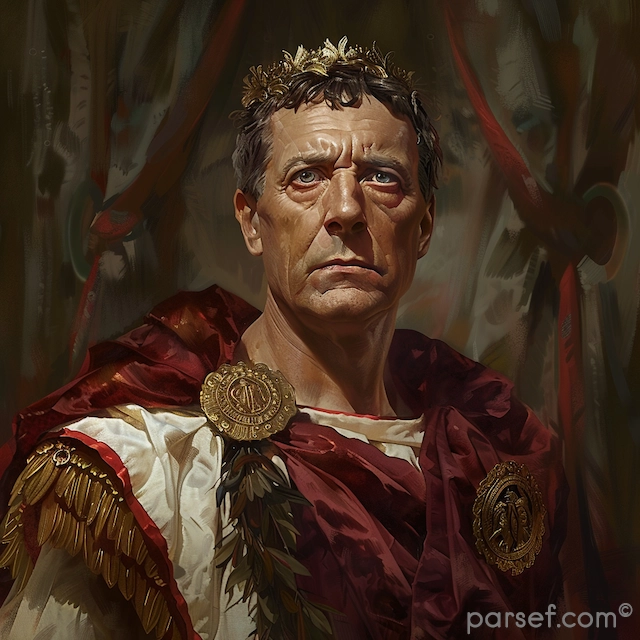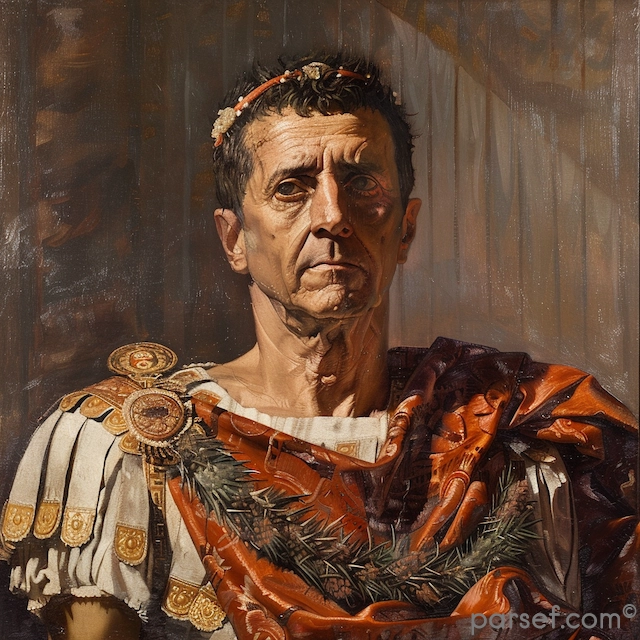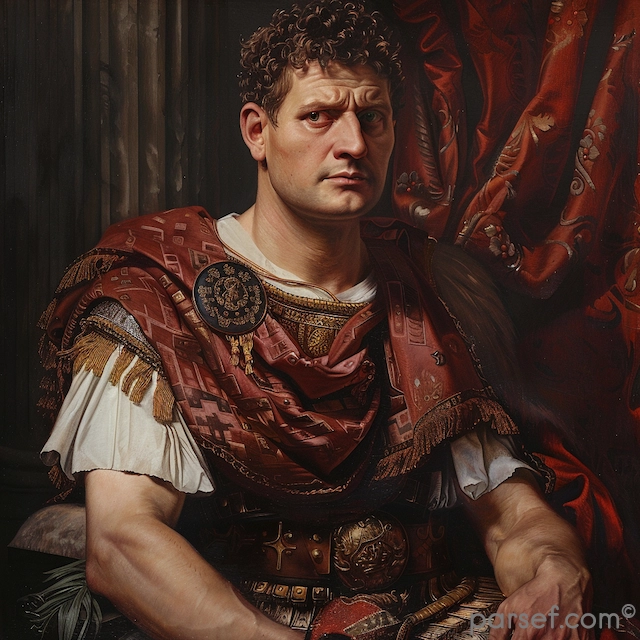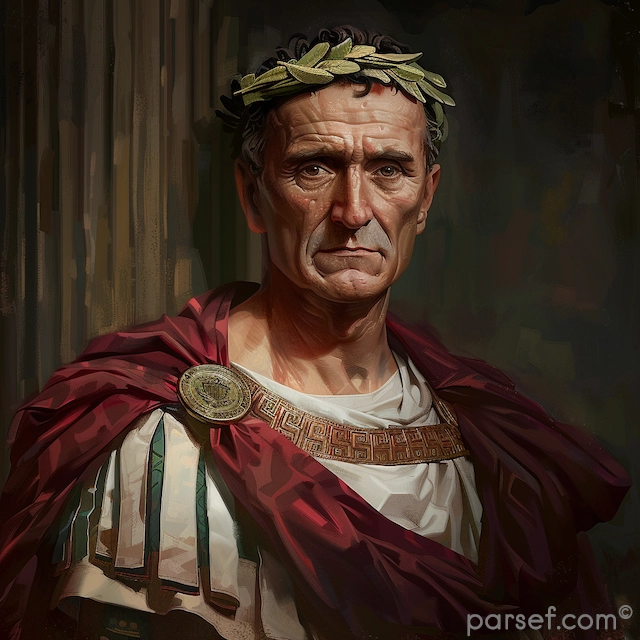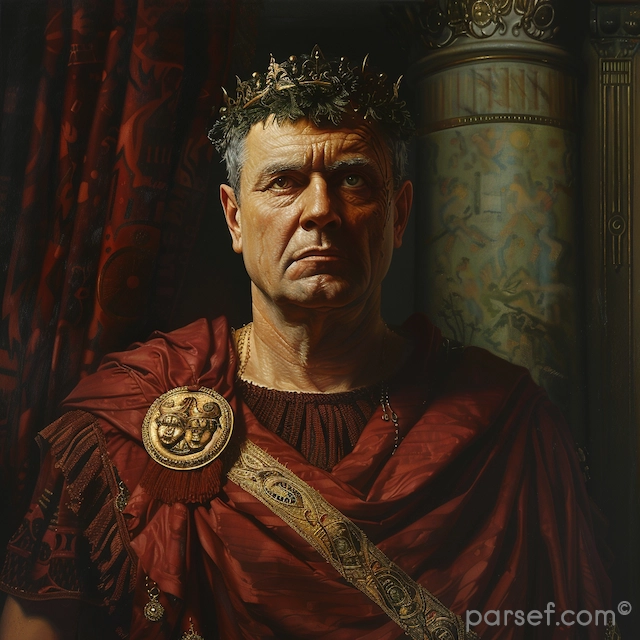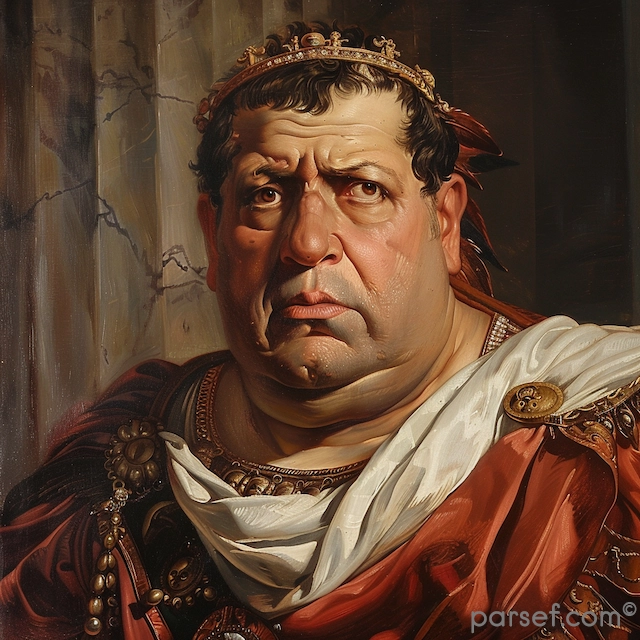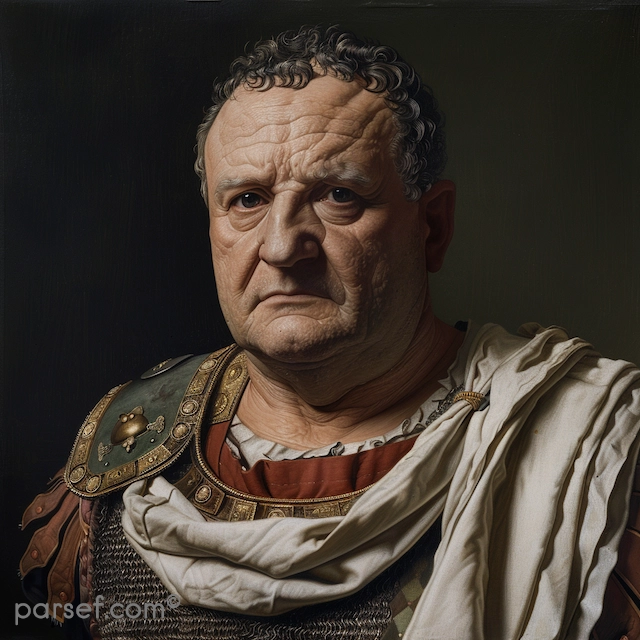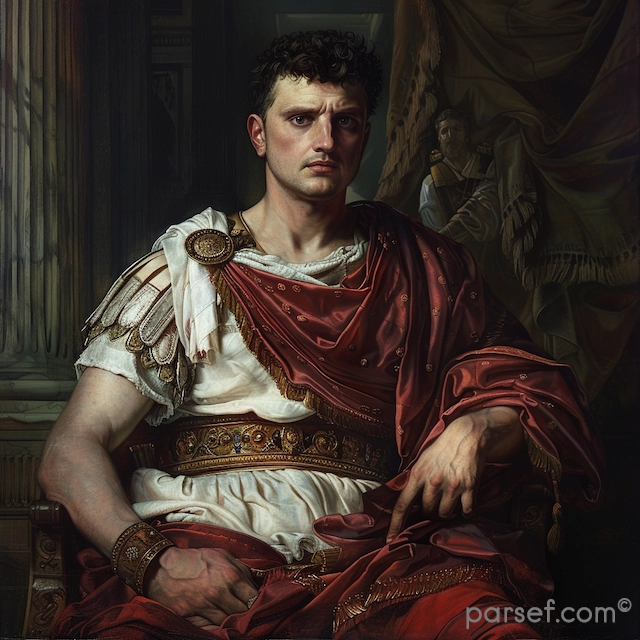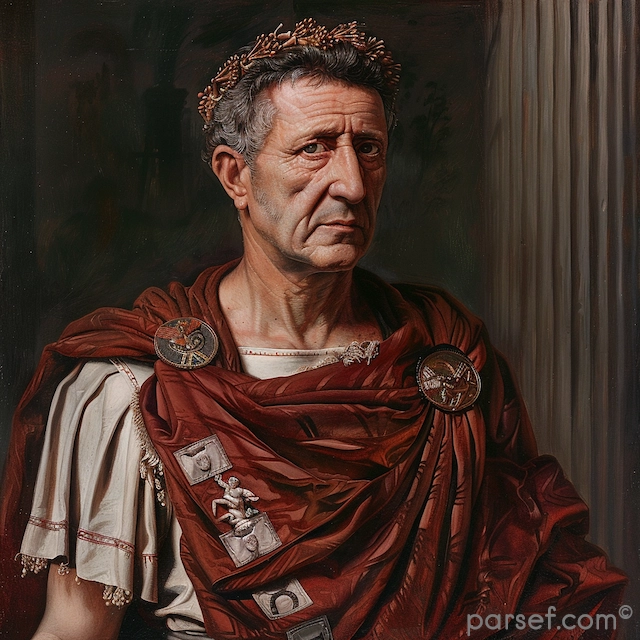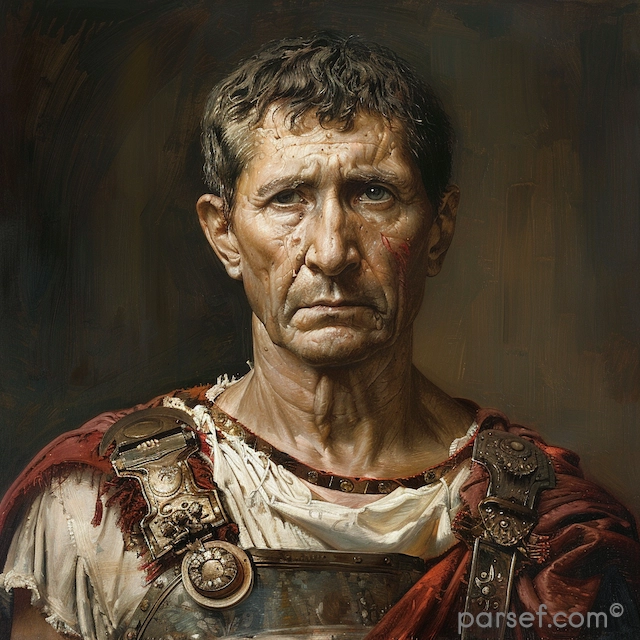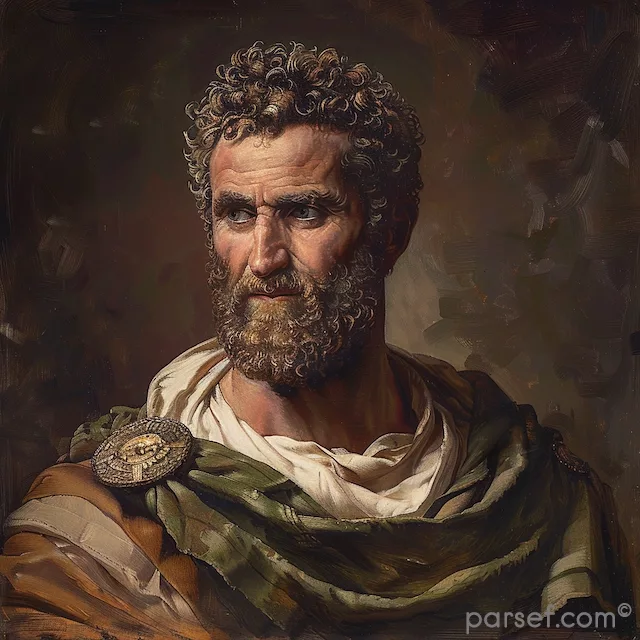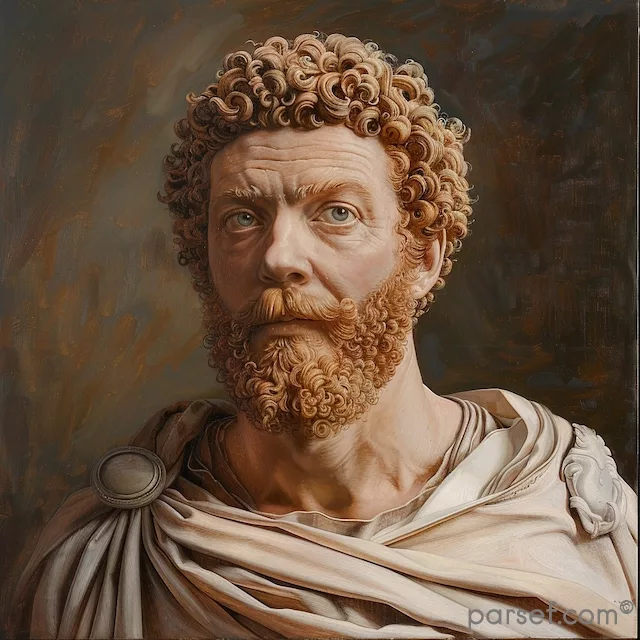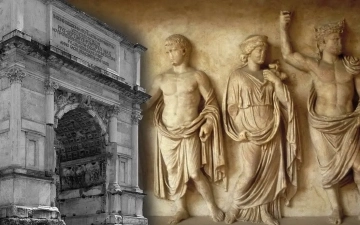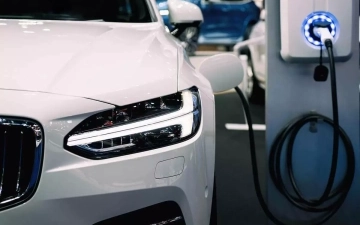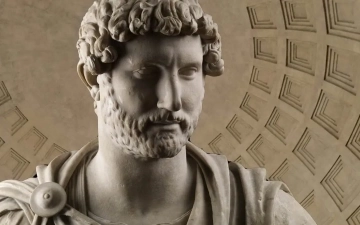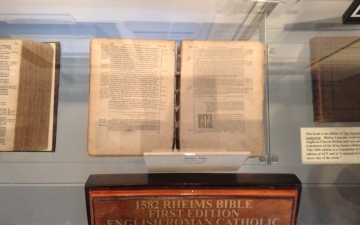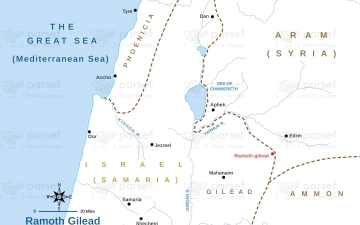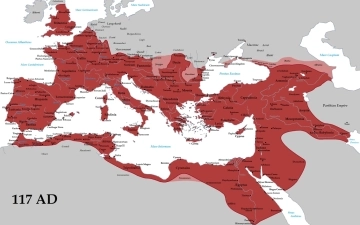Elagabalus: The Controversial Reign of Rome’s Youngest Emperor and His Religious Revolution
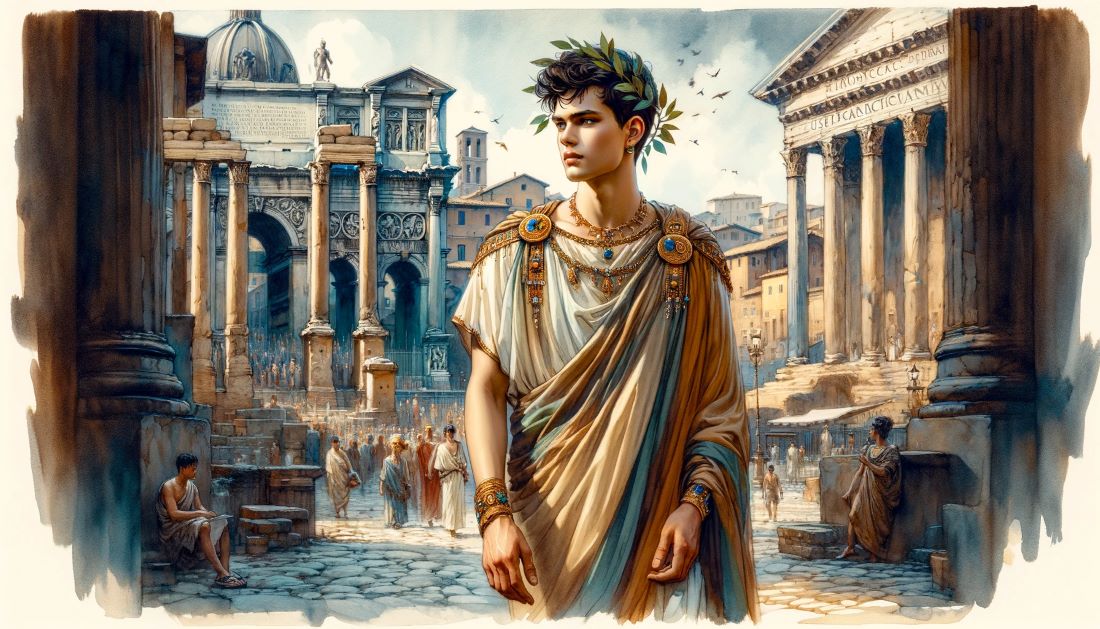
Elagabalus, born Varius Avitus Bassianus, is one of the most enigmatic and controversial figures in Roman history. Elevated to the imperial throne at the tender age of fourteen, his reign was marked by extravagance, scandal, and a radical religious transformation.
His rise to power was as dramatic as his subsequent reign. A distant cousin of Caracalla, Elagabalus was proclaimed emperor by the Praetorian Guard following the assassination of Macrinus. His mother, Julia Soaemias, and grandmother, Julia Maesa, were instrumental in securing his position.
Elagabalus' reign is synonymous with religious innovation, or perhaps more accurately, revolution. A devout worshipper of the Syrian sun god Elagabal, he introduced the cult to Rome, replacing traditional Roman deities with his own. The emperor constructed a lavish temple to the god on the Palatine Hill, the heart of the Roman world. The centerpiece of this temple was a large black stone, believed to be a meteorite, which was said to be the physical manifestation of the deity.
Elagabalus' religious zeal extended beyond mere worship. He insisted that Roman senators and high-ranking officials participate in the cult's rituals, a blatant disregard for traditional Roman values. His personal conduct, marked by effeminate behavior and extravagant tastes, further alienated the Roman elite.
Beyond his religious fanaticism, Elagabalus was known for his lavish lifestyle. He spent exorbitant sums on personal luxuries, including exotic foods, rare animals, and lavish banquets. His sexual orientation and behavior were also a subject of much speculation and condemnation.
However, it is essential to approach the historical accounts of Elagabalus with caution. Much of the information about his reign comes from hostile sources, notably the historian Cassius Dio. These accounts, while colorful and dramatic, may exaggerate the emperor's excesses and eccentricities.
Ultimately, Elagabalus' reign proved to be short-lived. His unpopularity among the Senate and the Praetorian Guard grew, and he was assassinated in 222 AD. His cousin, Alexander Severus, succeeded him, ushering in a period of relative stability.
Elagabalus remains a complex and controversial figure. His reign was a period of radical experimentation, a departure from the traditional norms of Roman society. While his religious innovations were ultimately unsuccessful, they offer a fascinating glimpse into the religious and cultural landscape of the Roman Empire in the 3rd century.
Related Posts
Vespasian: Rebuilding Rome and the Legacy of the Flavian Dynasty
The Roman Empire has seen its share of dynasties and emperors, but few have left as lasting a legacy as Vespasian and the Flavian Dynasty. Vespasian, the founder of this dynasty, rose to power during a time of turmoil and financial crisis and proceeded to transform Rome. In this article,...
Read MoreDriving Toward the Future: Innovations in Sustainable Automotive Technology
As the global focus sharpens on climate change, energy efficiency, and sustainable living, the automotive industry stands at a critical crossroads. Manufacturers, engineers, and policymakers are working in concert to reduce carbon emissions, enhance fuel economy, and reshape transportation for a cleaner tomorrow. At the heart of this revolution lies...
Read MoreHadrian: Building Walls and Bridges in Ancient Rome
In the annals of Roman history, Emperor Hadrian stands out as a multifaceted ruler known for his significant architectural projects, military achievements, and contributions to the empire's cultural development. His reign, from 117 to 138 CE, was marked by a commitment to both defending and connecting the vast Roman territories....
Read MoreFrom Scrolls to Stones: How Museums Document Biblical History
The Bible is more than just a collection of sacred texts—it’s a living document that has shaped centuries of religious, cultural, and historical movements. For thousands of years, it has been passed down through oral traditions, written manuscripts, and monumental inscriptions. The story of how these texts came to be,...
Read MoreRamoth-Gilead: The Ancient Stronghold of Israel
Ramoth-Gilead, an ancient city of great biblical and historical significance, was a major stronghold located in the region of Gilead, east of the Jordan River. The city, often mentioned in the Old Testament, played a crucial role in the territorial struggles between Israel and its neighboring nations. Today, the exact...
Read MoreA Journey Through Time: Mapping Ancient Rome and Jerusalem
For centuries, Rome and Jerusalem have captivated historians and travelers alike. These two powerful cities, though geographically distant, were intertwined throughout much of their ancient history. But how close were they? Let's explore maps depicting these ancient cities and their respective empires. The Mediterranean World: A Roman Sea During the height of...
Read More